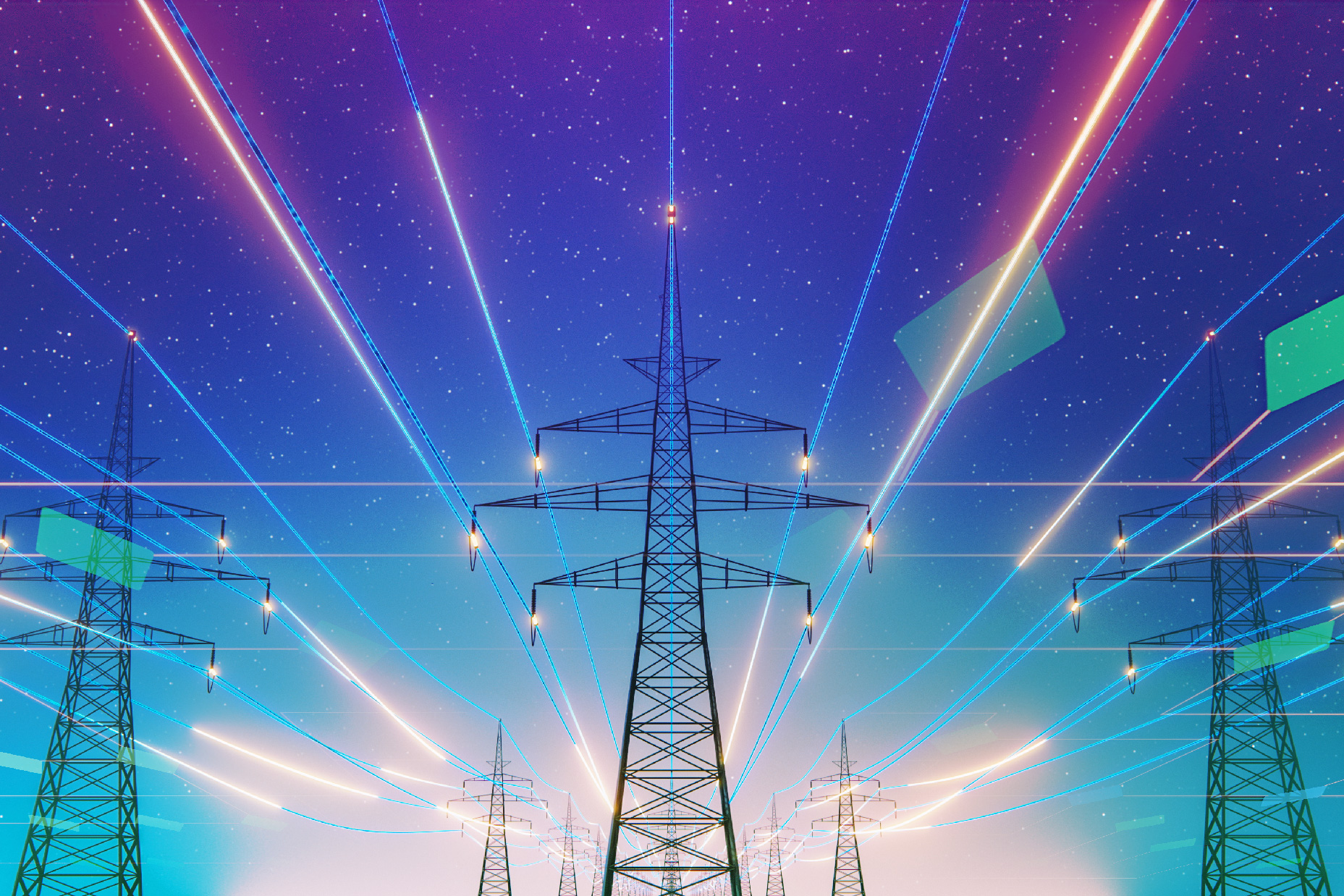Introduction to REM Sleep Behavior Disorder
REM sleep behavior disorder, or RBD, is a condition that causes abnormal movements or brief repeated twitching during sleep, and occasional episodes of dream enactment. This disorder affects more than one million Americans and is almost always an early sign of Parkinson’s or dementia, often preceding other symptoms by 10-15 years.
The Challenge of Diagnosing RBD
RBD has been very difficult to diagnose. A simple screening question on whether or not people act out their dreams is poorly sensitive because many people with RBD rarely have full-blown dream enactment episodes but only have small twitches that they or their partners are not aware of. Furthermore, a simple screening question is also poorly specific because more common conditions – like sleep apnea or a form of restless legs movements during sleep – can cause symptoms of dream-enactment mimicking RBD. RBD questionnaires lack accuracy.
Current Diagnostic Methods
The gold standard test for diagnosing RBD is an in-lab sleep test in a sleep center, also known as a polysomnogram, which measures muscle activity (increased in RBD) during REM sleep using muscle sensors, or electromyography. However, RBD has been very difficult to diagnose using this in-lab sleep test because it’s very difficult to interpret and subject to artifacts, to the point that even sleep experts can disagree on the diagnosis.
Proposal for a New Diagnostic Method
The Mount Sinai research team developed a method for automating the diagnosis of RBD by analyzing video recordings of sleep during in-lab sleep tests. The team developed an algorithm to automatically interpret the frequency and pattern of body movements detected during REM sleep and determine whether, based on these movements, a person has RBD or not.
Meeting the Challenge
The team assembled a large dataset – larger than done in the prior study – comprising 81 sleep study recordings of patients with RBD and 91 without RBD. An optical flow computer vision algorithm automatically detected movements during REM sleep, from which features of rate, ratio, magnitude, and velocity of movements, and ratio of immobility were extracted. From those five features, a machine-learning classifier was trained to differentiate RBD from other sleep conditions and normal sleep.
Results
The Mount Sinai team found that people with RBD exhibited an increased number of movements in REM sleep, particularly brief movements shorter than 2 seconds, including jerks or twitching known as myoclonus. Accuracies for detecting RBD ranged from 84.9% to 87.2%. Combining all five features but only analyzing short movements achieved the highest accuracy at 91.9%. Of the 11 patients with RBD without noticeable movements during the sleep test, seven were correctly identified based on the Mount Sinai algorithm.
Advice for Others
This is the first study showing that a simple algorithm analyzing video recordings acquired during sleep tests, conducted under routine clinical care, can diagnose RBD and with a very high accuracy of 91.9%. This approach could be implemented in clinical sleep laboratories to facilitate and improve the diagnosis of RBD. Coupled with automated detection of REM sleep, it should also be tested in the home environment, using conventional infrared cameras to detect and monitor RBD.
Conclusion
REM sleep behavior disorder is a condition that can be difficult to diagnose, but a new method developed by the Mount Sinai research team shows promise in automating the diagnosis of RBD. The team’s algorithm can analyze video recordings of sleep during in-lab sleep tests and determine whether a person has RBD or not. This approach could be implemented in clinical sleep laboratories and potentially in the home environment to improve the diagnosis and monitoring of RBD.
FAQs
- What is REM sleep behavior disorder (RBD)?
RBD is a condition that causes abnormal movements or brief repeated twitching during sleep, and occasional episodes of dream enactment. - How common is RBD?
RBD affects more than one million Americans. - What is the current method for diagnosing RBD?
The gold standard test for diagnosing RBD is an in-lab sleep test in a sleep center, also known as a polysomnogram. - What is the new method for diagnosing RBD developed by the Mount Sinai research team?
The team developed an algorithm to automatically interpret the frequency and pattern of body movements detected during REM sleep and determine whether a person has RBD or not. - What is the accuracy of the new method for diagnosing RBD?
The accuracy of the new method is 91.9%.











